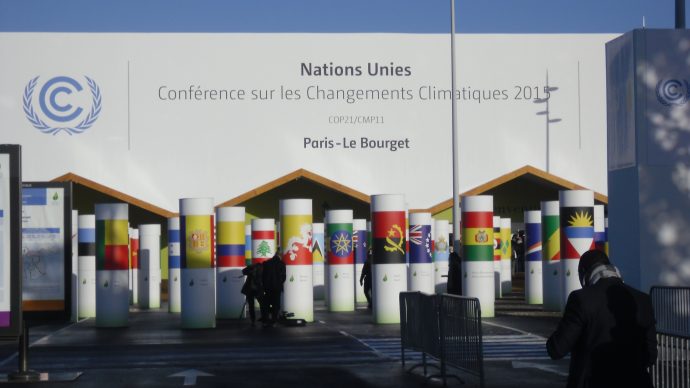Det fremgår af en pressemeddelelse af FN’s Klimasekretariat (UNFCCC) fredag:
The legal nature of this new, international agreement requires the following actions and steps to bring it into force. How the large number of national climate plans will be handled in relation to the agreement is also explained below.
In addition, the Legal Affairs programme of the UNFCCC secretariat has prepared a legal version (http://unfccc.int/files/
The text of the Paris Agreement (http://unfccc.int/
The English version of the final report of COP 21 is expected to be published shortly and this will be made available on the UNFCCC website and also announced through the UNFCCC Newsroom.
The report is expected to be available in the other UN languages by the end of February.
Entry into Force
The Agreement shall enter into force on the 30th day after the date on which at least 55 Parties to the Convention accounting in total for at least an estimated 55 % of total global greenhouse gas emissions have deposited their instruments of ratification, acceptance, approval or accession with the Depositary.
The Secretary-General of the United Nations will act as the Depositary of the Agreement.
To this end, the UNFCCC secretariat has made available information (http://unfccc.int/ghg_data/
Next Steps
The authentic text of the Paris Agreement in Arabic, Chinese, English, French, Russian and Spanish, will be transmitted by the UNFCCC Executive Secretary to the Treaty Section of the Office of Legal Affairs of the United Nations in New York as soon as it becomes available.
Following this, certified true copies will be distributed to all Parties to the Convention and the Paris Agreement will open for signature at the United Nations Headquarters in New York from 22 April, 2016 to 21 April, 2017.
The UN Secretary-General is convening a high-level signature ceremony for the Paris Agreement on 22 April, 2016 and is inviting all Parties to the Convention to sign the agreement at this ceremony, or at their earliest opportunity.
National Climate Plans
Meanwhile, the agreement also includes a change in status of the intended national climate action plans which almost all countries submitted to the UN ahead of Paris. These intended nationally determined contributions (INDCs), which detail what each country intends to contribute towards reducing global emissions, are set to become nationally determined contributions (NDCs).
Parties to the agreement should communicate their first NDC no later than when the respective instrument of ratification, acceptance, approval or accession has been submitted.
If a country has already submitted its INDC before joining the agreement, then that INDC will be considered the country’s first NDC, unless it indicates otherwise.
Moreover, a country has the opportunity of submitting a more ambitious NDC, before it submits or when submitting its respective instrument of ratification, acceptance, approval or accession.















